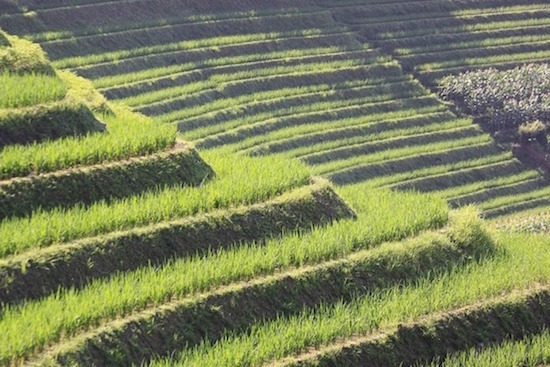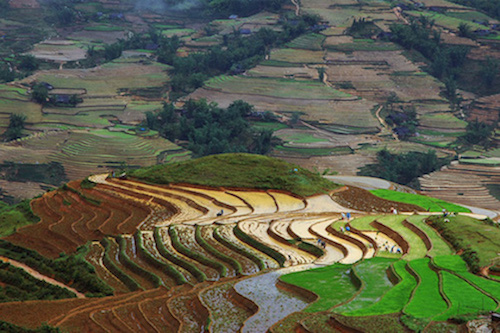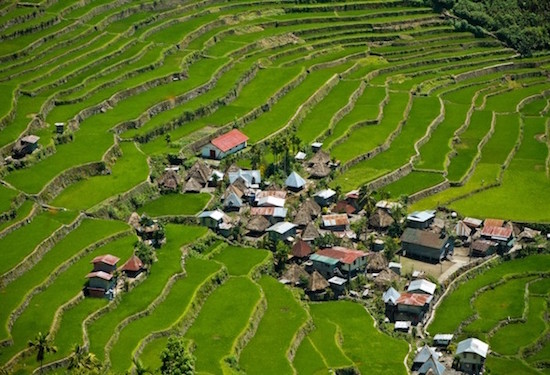Agriculture has long been an integral part of the Indian economy. India is a country with different terrains and weather conditions. Therefore, it is no wonder that we can grow just about anything. Not only India, most developing nations have relied on agriculture to aid in their development and continue to do so even with massive industrialization. One unique technique, terrace farming, has been around for a lot of years, and we mean dating back so many years that we can trace the technique to the time the Hanging Gardens of Babylon were built.
What Is Terrace Farming?
Mountains pose a genuine challenge when it comes to farming. The slope is a hurdle when it comes to preparing the soil and sowing seeds. Even harvesting crops are quite difficult. Terrace farming is a technique where a sloped surface is cut into flat layers, resembling a series of steps. Anywhere there is a hill or a mountain; you will find that terrace farming is the chosen method.
Rice, wheat, and barley are three of the most important crops that are grown using terrace farming. Lots of Asian countries have adopted this practice, especially China, Vietnam and Thailand, where rice is grown abundantly.
Rice is a crop that needs water in large amounts. Now a hill cannot support a field submerged in water for extended periods of time. Therefore, rice paddy fields are a common sight in the countryside. These flat, plain like structures allow the fields to take in as much water as required. It is easier to cultivate and harvest rice, as farmers do not have to constantly think about falling off the side of a mountain.
Benefits To The Environment
There is a lot of logic and thought behind terrace farming. It is quite beneficial to the environment. Water freely flowing through a hillside causes soil erosion and loss of important nutrients. Heavy rainfall will affect the flora and wash away everything in its path. With terrace farming, there is no surface runoff and loss of essential nutrients from the soil. Instead, water is collected on each level, which then slowly seeps down through the ground into the step below.
One has to marvel at the ingenuity of whoever first came up with this idea. Creating flat plains on a mountain means those who reside nearby can grow their own food. It eliminates the need for forced migration due to lack of food and trade.
Drawbacks Of Terrace Farming
Although terrace farming is usually hailed as the solution to every farming problem in hilly regions, there are two disadvantages that need to be kept in mind when employing this technique.

Importance of Rain Water Harvesting
Firstly, the retention of water due to the terrace like structures can sometimes cause a problem. Over saturation of water in the ground becomes a problem during monsoons, as the overall water level can increase drastically in the surrounding areas and eventually cause surface runoff and soil erosion.
Secondly, creating steps or terraces on a mountain requires a lot of labor. One would think everything is good after the terraces are created, but that is not the case. Creating terraces could cause soil erosion and even landslides in some areas. The soil erosion that accompanies the creation of terraces can leave stretches of lands barren and without the necessary soil nutrients.
Comments
Powered by Facebook Comments



